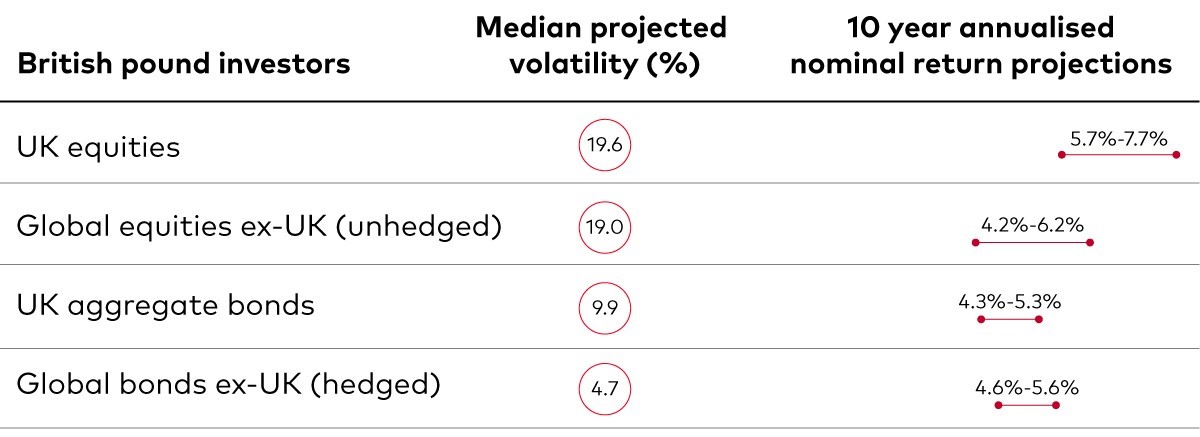Voiceover: Around the world, high central bank interest rates have crimped growth but brought inflation back toward acceptable levels. A notable exception—the United States, where strong growth and full employment have prevailed. Something other than a monetary policy-induced soft landing may be at play.
Joe Davis: We actually had growth hold up and inflation come down because there's a lot of positive developments on supply. This has implications for next year, because if this dynamic continues, we may not see the reduction in interest rates that some were expecting, you know, just several months ago.
Voiceover: The US economy in 2025 could bear some of the hallmarks of 2024, but each new year brings new challenges.
Joe Davis: Why we've had the so-called soft landing, the only way you get growth holding up and inflation coming down is you get positive developments in supply. It could be new workers, it could be a productivity lift, meaning you and I are more efficient at what we do. We had all those dynamics at play and we were able to quantify them in 2024. The risk is some of them would go in reverse or would just peter out.
Voiceover: The prospect of new tariffs lingers over markets, but as always, the details matter.
Joe Davis: The average effective tariff rate in United States is roughly 3%. So if you would move it to 20, 30, 40%, that would be a ten-fold increase. Then you would see immediately some inflationary impacts for imported goods, and you would potentially see some growth effects down the line.
Voiceover: Whether because of continued growth tailwinds or the prospect of renewed inflationary pressures, we foresee interest rates remaining elevated.
Joe Davis: We may have some easing of the Federal Reserve and other central banks which may take short-term interest rates down. But unless we're talking about a recession, which we're not as our baseline, we're going to have interest rates in long-term Treasury interest rates above 4% for the foreseeable future.
Voiceover: For long-term investors, the interest rate environment remains positive.
Joe Davis: Interest rates are above the rate of inflation at almost all maturity levels. That's what we mean by an era of sound money—a positive, real or after inflation-return. That's even good news ultimately for stock investors because stock returns are a premium over those bond yields.
Voiceover: High US equity valuations, especially for growth shares, reflect enthusiasm for artificial intelligence. But don't forget about balance and diversification.
Joe Davis: You know you can have economic transformation and new technologies transform the economy. That does not mean that's solely where you invest. What history tells us is the irony and the difference between the economic landscape and the investment one. They're not always the same.



